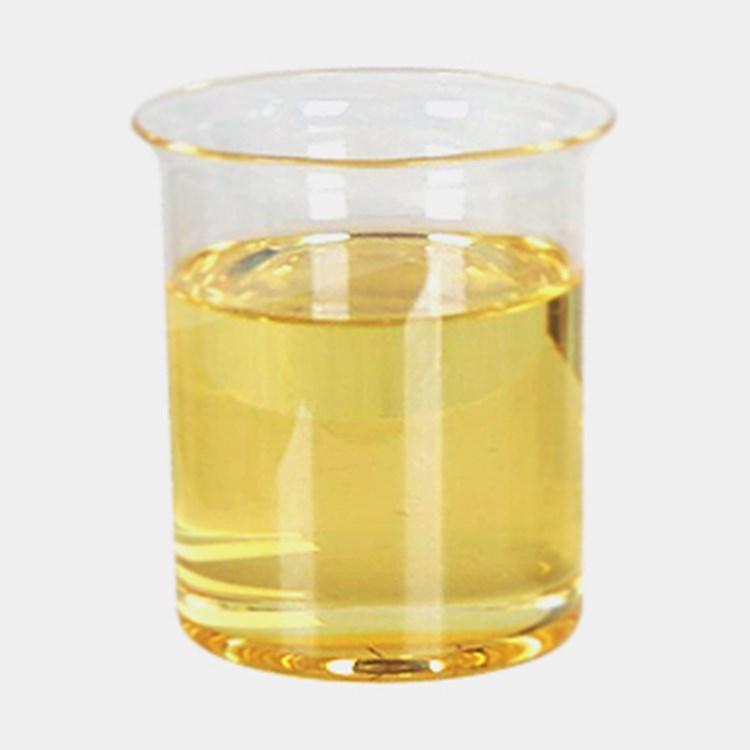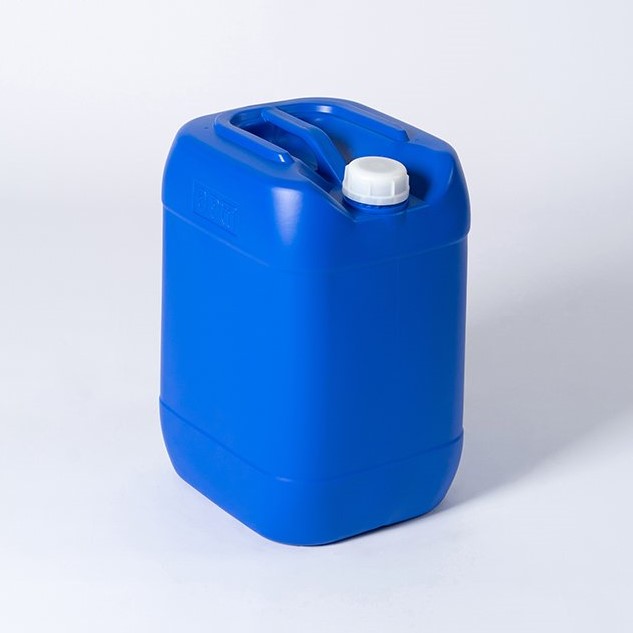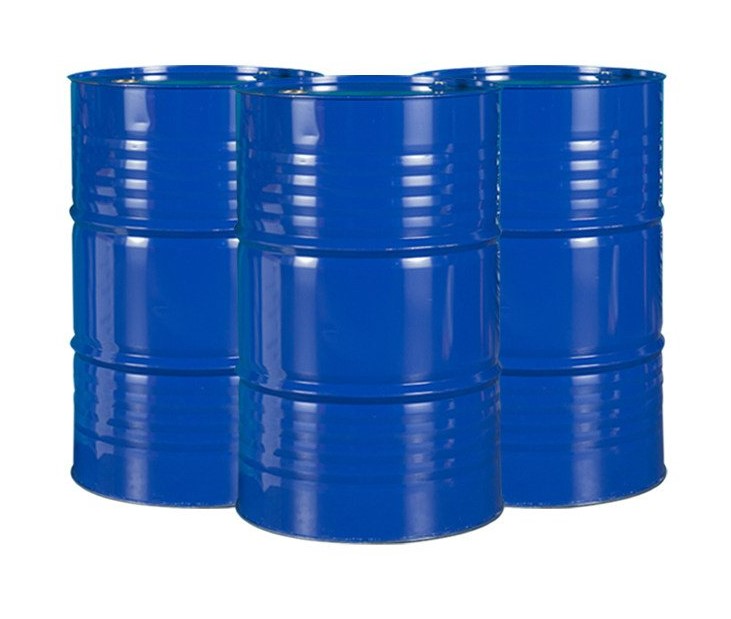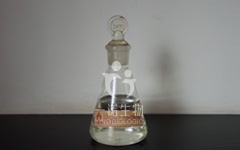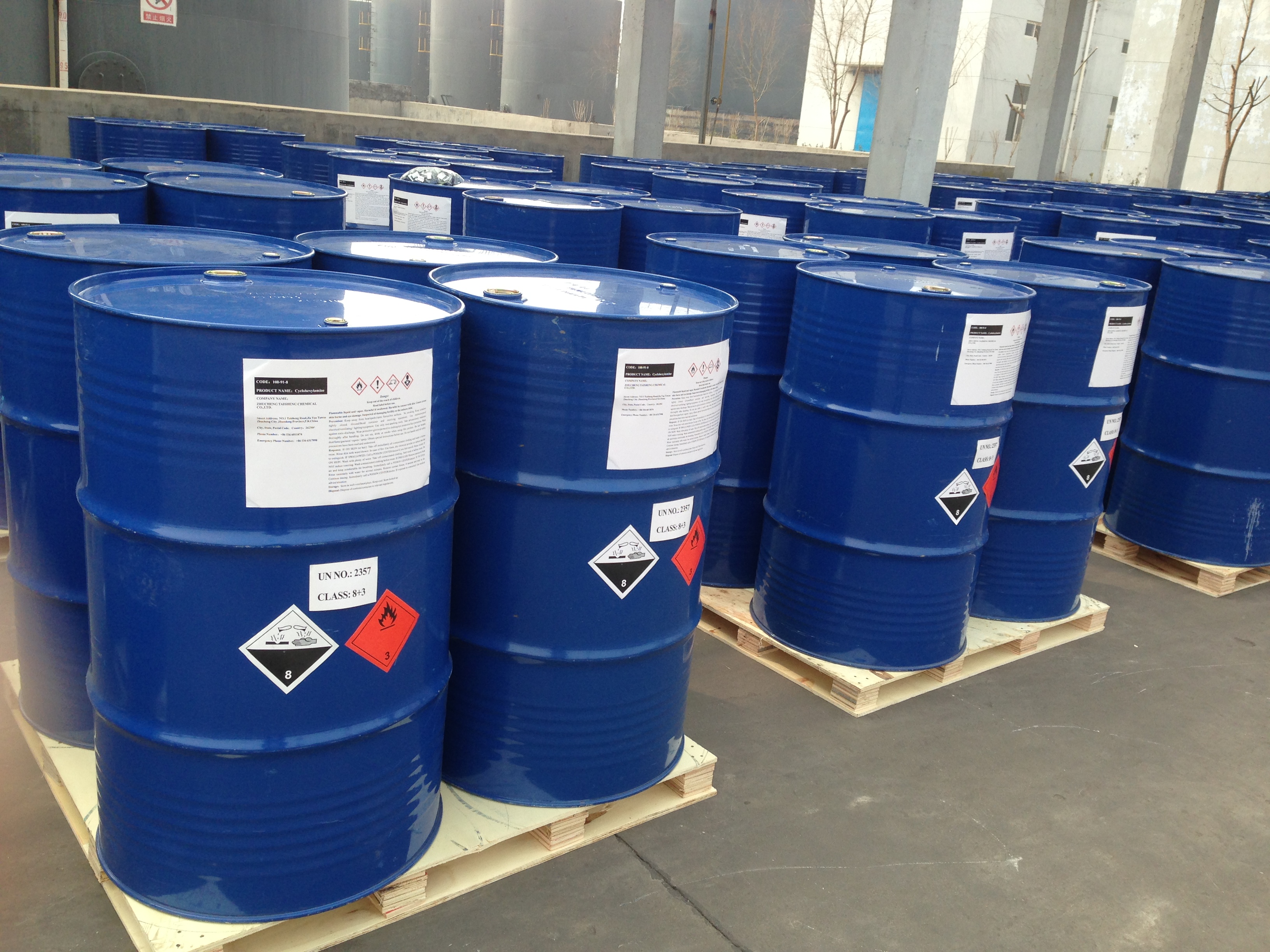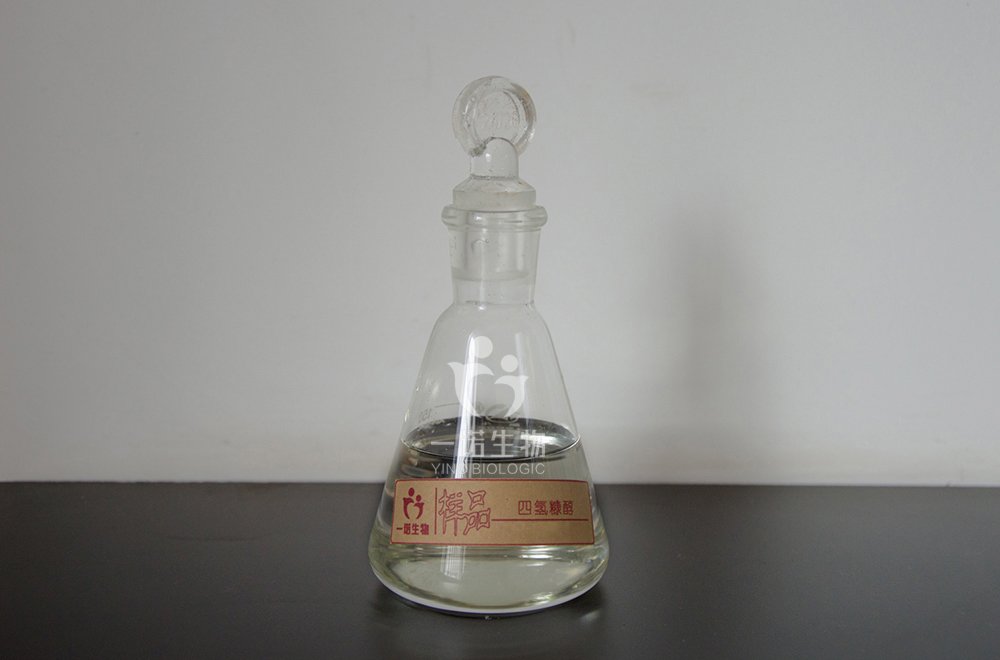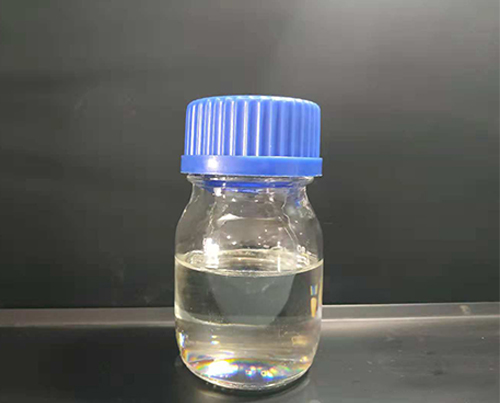CAS:61788-85-0
Alias
More Information
Castoroil,Hydrogenated,Ethoxylated,Hco40; Cremophorrh40; Cremophorrh40/60; Hco40; Hco50; Cremophor RH40 (TN); Polyoxyl 40 Hydrogenated Castor oil; PEG-40 Hydrogenated Castor oil
Brief Introduction
Hydrogenated castor oil is a white to light yellow powder, block or sheet chemical. It plays the role of thickening, hardening and slow-release in the preparation, so it is used as thickener, hardening agent and slow-release agent for the preparation of semi-solid and solid preparations.
Suppliers
View More Vendors (2) >
CAS:694-80-4
Molecular Formula:C6H4BrCl
Alias
More Information
1-Bromo-2-Chloro-Benzen; 1-Chloro-2-Bromobenzene; 2-Bromo-1-Chlorobenzene; 2-Chlorophenylbromide; Benzene, 1-Bromo-2-Chloro-
Brief Introduction
Used as intermediate and solvent in organic synthesis.
Suppliers
View More Vendors (2) >
CAS:96-47-9
Molecular Formula:C5H10O
Alias
More Information
Alpha-Methyltetrahydrofuran; 2-Methyl THF; Tetrahydro-2-Methylfuran; 2-Methf; 2-Methyletrahydrofuran; 2-Methyl Tetrahydrofuran
Brief Introduction
This product can be used as medicine intermediate and organic solvent.
Suppliers
View More Vendors (2) >
CAS:97-99-4
Molecular Formula:C5H10O2
Alias
More Information
2-Furanmethanol, Tetrahydro-; 2-Furanmethanol,Tetrahydro-; (Tetrahydrofuran-2-Yl)Methanol; Tetrahydro-2-Furanmethanol; Oxolan-2-Ylmethanol
Brief Introduction
It is used for preparing succinic acid, pentanediol, tetrahydrofuran, pyran, etc. it is also used as a solvent for coatings, resins and oils. In the printing and dyeing industry, it is used as lubricant, dispersant, decolorizing and deodorizing agent of drugs, as well as raw materials for organic synthesis such as plasticizer, herbicide and pesticide. Tetrahydrofuran methyl bromide was obtained by bromination of tetrahydrofuran alcohol, and sodium tetrahydrofuran methyl thiosulfate was prepared by replacement of sodium thiosulfate. It is the raw material of long-acting vitamin B1 (furan thiamine).
Suppliers
View More Vendors (2) >
CAS:98-86-2
Molecular Formula:C8H8O
Alias
More Information
Ethanone,1-Phenyl; Phenyl Methyl Ketone; Acetophenon; Ethanone, 1-Phenyl-; Acetylbenzene; Methyl Phenyl Ketone; 1-Phenylethanone
Brief Introduction
It is used as solvent and olefin polymerization catalyst, and used for making spices, etc.
Suppliers
View More Vendors (2) >
Inquiry (
10
/ 10
)
Clear All
Sign In
Error!

